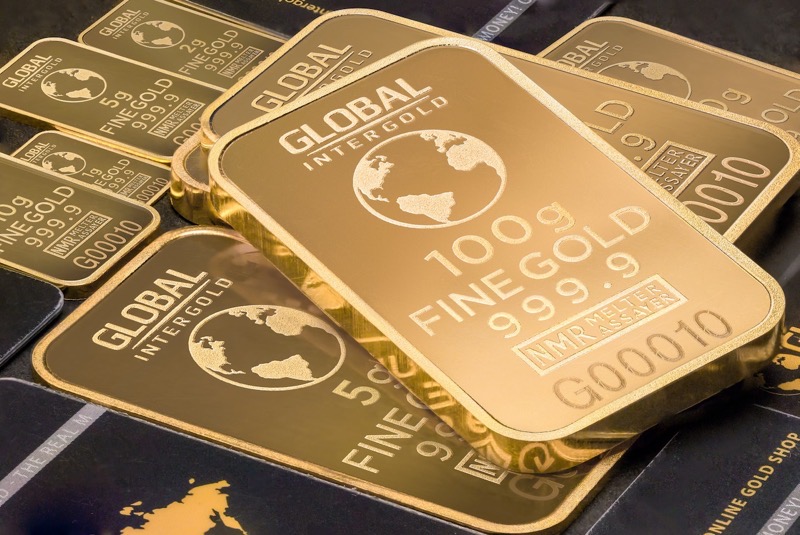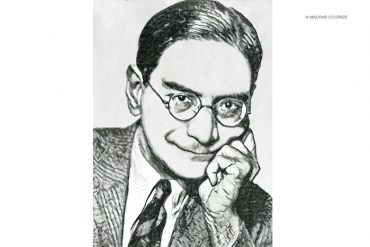Gold bullion is in great demand. Central banks across the world are buying Gold. Central bank gold demand was the highest on record since 1950. In 2022, Central banks bought 1136 tonnes of gold worth over seventy billion dollars.
Emerging economies were the main buyers. In six months – between July and December 2022 – central banks purchased 862 tonnes of Gold, according to the World Gold Council, a dramatic increase from 2021. Over two-thirds of the Gold was bought by the central banks of Russia, Turkey, Egypt and Qatar.
It is expected that the actual purchase of Gold is far more than is reported. This is primarily because the central banks of Russia and China have not regularly published information about changes in Gold stockpiles.
But why is there a gold rush? Why are central banks stockpiling Gold?
Accumulation of Gold by central banks marks a significant shift in approach. In the 1990s and 2000s, central banks that owned a lot of bullion sold hundreds of tonnes of Gold annually, particularly in Western Europe. However, since the financial crisis of 2008-09, European banks stopped selling their gold bullion.
With increasing geopolitical uncertainty, macroeconomic volatility, currency devaluation and socio-political instability, central banks are diversifying away from assets like the US treasuries and the dollar. Moreover, as the United States weaponises its greatest asset, the dollar, countries targeted by the United States face currency devaluation as well as socio-political and economic instability.
For instance, when Donald Trump decided to pull out of the Iran Nuclear deal unilaterally, the United States imposed sanctions on Iran. Consequently, Iran found itself immediately excluded from the world economy. The situation in Zimbabwe was very similar, with over 23000 per cent inflation. Argentina also faced similar problems. The list goes on.
As India engaged with Russia, particularly in purchasing military equipment and weapons from Russia, the United States threatened to impose sanctions on India by enacting CAATSA, a United States federal legislation.
This means Gold, a precious metal which has been the world’s currency for thousands of years, is back in fashion. That also means, with increasing demand, it will be challenging to supply the precious metal. And, with the demand-supply equation, the precious metal’s price will likely shoot up.
“Lower total reserves may constrain the capacity to add to existing allocations. But lagged reporting by some central banks means that we need to apply a higher degree of uncertainty to our expectations, predominantly to the upside,” says a scholar who studies the relationship between Gold and geopolitical uncertainty.
Furthermore, emerging economies that have witnessed phenomenal growth in recent years are trying to protect themselves from the weaponisation of the United States dollar. Ergo, the move to buy tonnes of bullion gold is an attempt to strengthen their currencies such that they could create alternative means of exchange which frees them from excessive dependence on the US Dollar.
As the United States-China rivalry intensifies, China is making best efforts to push other countries move away from the dollar. Similarly, Russia is also trying to reduce the dependence on the US dollar. That means, the world’s second largest economy and the world’s largest energy exporter are actively striving to dent the dominance of the US dollar as the anchor of the international financial system. For instance, in the three day summit between Xi Jinping and Vladimir Putin, it was agreed that ‘we are in favour of using the Chinese Yuan for settlements between Russia and the countries of Asia, Africa and Latin America.’
As the Financial Times puts it, ‘the dollar is America’s last surviving super power. It gives Washington unrivalled economic and political muscle. They can slap sanctions on countries unilaterally which freeze that country out of Large parts of the world economy and Washington can spend freely, certain that its debt will be bought out by the rest of the world. The war against Ukraine combined with the U.S.’s confrontational approach to China have created a perfect storm in which Russia and China are accelerating efforts to diversify away from the dollar. Their central banks are keeping less of their reserves in dollars and most trade in between them is in the Yuan. They are also making other countries to follow suit.’
As the world becomes more uncertain, nations are turning their attention to a currency that proved to be dependable for over three thousand years. Between the Dollar, Pound, Euro, Yen, Yuan, Ruble, Rupee, Peso and Gold, the one currency that has stood the test of time is Gold. In uncertain times, it seems that the most stable currency with the longest shelf life offers a sense of certainty to humanity.
-30-
Copyright©Madras Courier, All Rights Reserved. You may share using our article tools. Please don't cut articles from madrascourier.com and redistribute by email, post to the web, mobile phone or social media.Please send in your feed back and comments to editor@madrascourier.com











